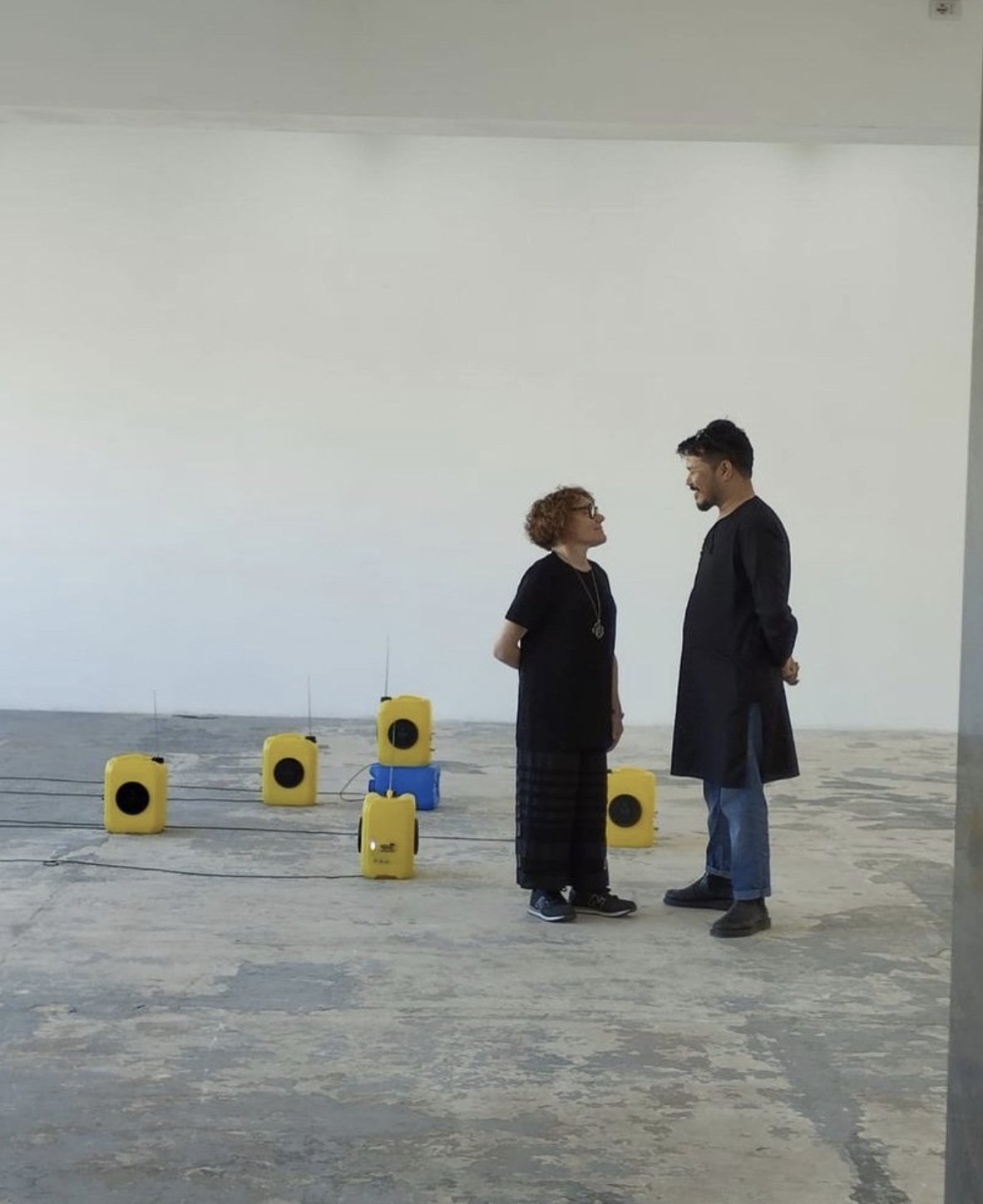Here you can see an example from the Giò Marconi show, now, Is this good Dada Art? Yes, I guess. I genuinely believe his meta-journey through art history is a fun Dada exercise (they also look good printed on the $110 hoodies from his merchandise…).
But is adding ‘sexuality’, ‘class’ or ‘race’ like they are buzzwords to a pastiche of Pop Art a profound and efficacious political art piece? Well… you tell me since all art newspapers have been praising him for deeply deconstructing identity and contemporaneity that I seem to be the only one who find his works fairly shallow and banal.
Giò Marconi, Simon, if you are reading this - and I’m very sure you never will - don’t take me too seriously, okay? I am just a little pretentious Business&Art kid ;) and the collective was born precisely to be provocative.
Anyways, going back to the 'most political art is bad art’ statement, when I first heard it was when I decided that my next issue of Keeping Up With Milano’s Art would have been fully dedicated to the best, most radical and disruptive political art I could find in town, just to prove them wrong. And yes, I know you are all busy with exam season, but if you feel like a robot studying accounting and micro-economics all day, trust me: go visit the exhibitions I’m going to mention, and you will feel that rage and lump in the throat that will make you feel alive again.






